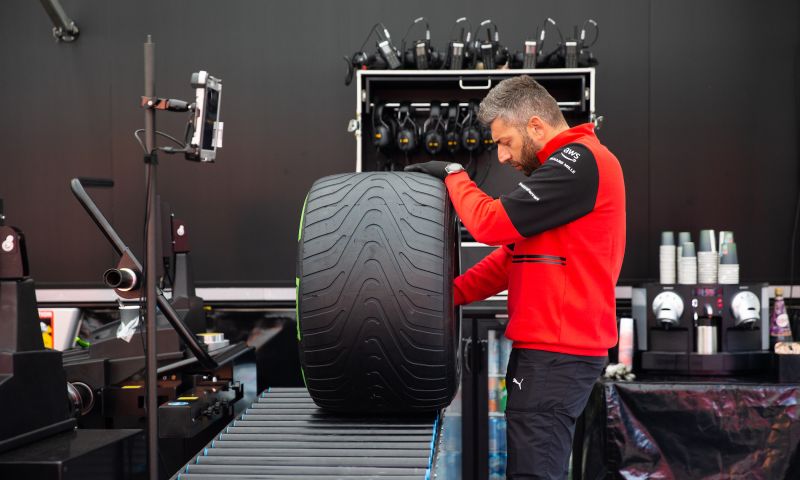F1 News

This is F1's plan to improve visibility in rain races
- GPblog.com
In 2021, only a few laps were run at Spa-Francorchamps during the Belgian F1 weekend. There was so much rain that it was not safe to race. F1 has come up with a plan to avoid this situation in the future.
F1 wants to avoid Belgium 2021 in future
Pirelli makes tyres for F1 cars capable of discharging dozens of litres per second at high speeds. This does allow racing in wet conditions and allows these tyres to still find some grip on wet tarmac. The downside, however, is that this water drainage pushes up a lot of water and creates so-called 'spray' behind the cars, which can seriously impair the visibility of those behind.
In wet Belgium in 2021, the race was not fully run for this reason. With the new 2022 cars where downforce has to come mainly from the so-called 'ground effect' rather than from the wings, this spray is even worse. In an effort to improve visibility and reduce the likelihood that the race cannot go ahead in heavy rain, F1 is developing removable wheel covers.
Removable wheel covers significantly reduce spray
The-Race.com reports that Nikolas Tombazis, the head of the FIA F1 organisation's technical department, thinks the wheel guards will be ready before 2024 and that they might be tested as early as the second half of the upcoming F1 season. That would mean the wheel guards could already be used in races such as Belgium, Japan and Brazil, where the chances of rain are usually high.
The wheel covers will look more or less like the flaps that already hang over the front wheels, but will be able to be put on the car at all four wheels and shield more of the wheel. The question is what effect these flaps will have on the aerodynamics along the wheels and on tyre cooling; on the one hand, the tyre will be less cooled by the wind, on the other hand, the splashing water will no longer be able to leave as easily and actually cool the tyre. The FIA will therefore still have to put a lot of time and effort into development.
The first tests have already been done, though, and Tombazis reports that the expectation is that the visibility of drivers behind can be improved by up to 50 per cent in rainy conditions. The wheel covers will not have a quick-fit system, meaning that the wheel covers will only be used in a red flag situation or when it is already clear in advance that it is going to rain and continue to rain during the race.